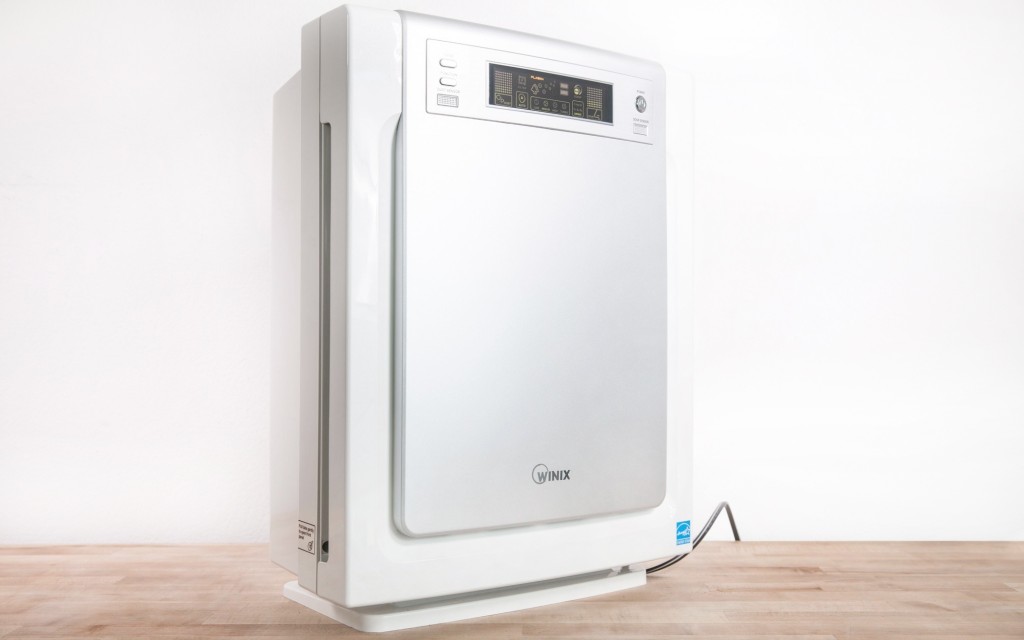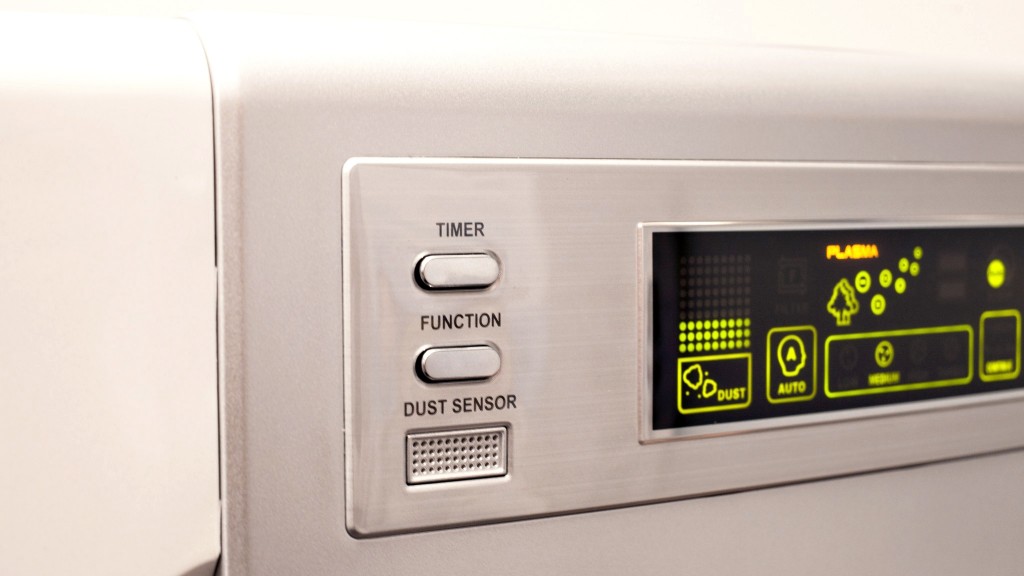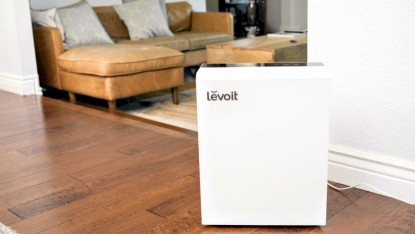The Winix 9500 was one of the top performers in our air cleaning testing. However, it was held back from a high overall score due to what we felt was an overcomplicated control panel and a hefty weight that made it difficult to move around. If you don't mind getting used to some finicky controls and don't plan to be moving your purifier around very much, the Winix is a great choice. However, over their lifetimes the Winix and the Coway Airmega 1512HH cost about the same, but the Coway weighs less, is easier to use, and offers similar performance.
Winix 9500 Review
Our Verdict
The Winix 9500 was one of the top performers in our air cleaning testing. However, it was held back from a high overall score due to what we felt was an overcomplicated control panel and a hefty weight that made it difficult to move around. If you don't mind getting used to some finicky controls and don't plan to be moving your purifier around very much, the Winix is a great choice. However, over their lifetimes the Winix and the Coway Airmega 1512HH cost about the same, but the Coway weighs less, is easier to use, and offers similar performance.
Our Analysis and Test Results
The Winix 9500 is a capable, high performing purifier that would work well in any home. It is a bit heavy and the controls are a bit fussy, so it isn't great for technophobes or those that want to move their purifier from room to room.
Performance Comparison
The Winix 9500's air cleaning performance put it towards the top of our overall leaderboard, despite some ease of use issues.
We use a number of different tests to arrive at our overall scores. In the following sections we discuss how the Winix 9500 performed in each.
Air Cleaning Performance
The Winix 9500 was able to remove nearly all of the airborne particles in our testing room, achieving a reduction of 99.89% after one hour. Perhaps even more impressive, it had already removed 99.22% of particles after just half an hour. This fact alone put it at the top of our air cleaning scoring. It shared the top score of 8 out of 10 with three other models. It has a CADR (clean air delivery rate) of 194, which means it has enough power to clean rooms up to 290 square feet. That's plenty of power for most bedrooms, and may even cover a small living room. It was also an average performer in removing odors. It removed some of the smoky smell in our testing room, but it was still quite strong. No model was truly effective at eliminating odors in our testing, so this shouldn't be counted as a strike against the Winix.
Noise
Noise is another area where the Winix is a top performer. It earned a score of 8 out of 10 in this metric, which was only one point behind the top scoring Coway. The Winix missed out on a higher score because of the noise it makes when set on high (in this case turbo). The pitch is medium low, which is more pleasant than the high pitches made by some other models. However, the sound has a bit more volume and is thus a bit more noticeable than what emanates from the Coway when it is run on its highest settings. Still, we doubt anyone would be annoyed by this noise, unless you're the kind of person that requires complete silence.
On medium the pitch stays low and gets quieter. On this setting we think most people would be able to comfortably read a book without any annoyance. However, the Coway is again just a bit quieter on its medium setting. On its low setting the Winix matches the Coway, with both models being nearly silent.
Ease of Use
User friendliness was the Winix's one big downfall. It received the lowest score in this metric, a paltry 4 out of 10. In comparison, the best model earned a 9. The Winx's problems start off with its weight. At 18 pounds it is by far the heaviest of the models we tested, and it doesn't have any sort of carrying handles. Yes you can move it around, but it takes more effort and feels more awkward than moving any of the other models.
Then there is the user interface. It includes a large LCD display that lets you know what you're doing, but it is hard to cycle through all the functions using the two buttons on the machine itself. We found it particularly difficult to turn the ionizer off using the on-device controls. The ionizer turns on automatically whenever you turn the machine on, and since most users will likely want to not use the ionizer this can be a bit of an issue. The remote control makes it easier to do this as it has a dedicated button for the ionizer (the "PlasmaWave button"). It makes adjusting the fan speed and off timer easier as well. However, the remote is small and easy to lose, and if you do use it you're left with the frustrating on device interface.
The Winix also has dust and odor sensors, so you can set it on auto and let it react to the surrounding environment itself. However, we didn't find these sensors to be particularly accurate. Additionally, if you put it on auto the odor sensor may turn the ionizer on, so you'll need to avoid the auto mode if you don't want to use the ionizer.
Operating Cost
With an estimated lifetime cost of $591, the Winix is about average in terms of long term economy. Most of its cost are up front as the unit lists for $330. After that everything is fairly inexpensive. Annual electricity costs average $5.26. Filters must be replaced once a year and cost only $47.
Value
The Winix 9500 offers high end air cleaning performance with an average lifetime cost. Usually we would consider that a great value, but in this case the Coway kind of wrecked the curve. The Coway's estimated lifetime cost is about $30 lower than the Winix's, and it offers the same performance in an easier to use package. Therefore we can't call the Winix a great value, because the Coway offers a better one.
Conclusion
The Winix 9500 is a great purifier that will effectively improve the air quality in any home. However, like all of the models we tested, it just can't match the value or overall performance of the Coway.







